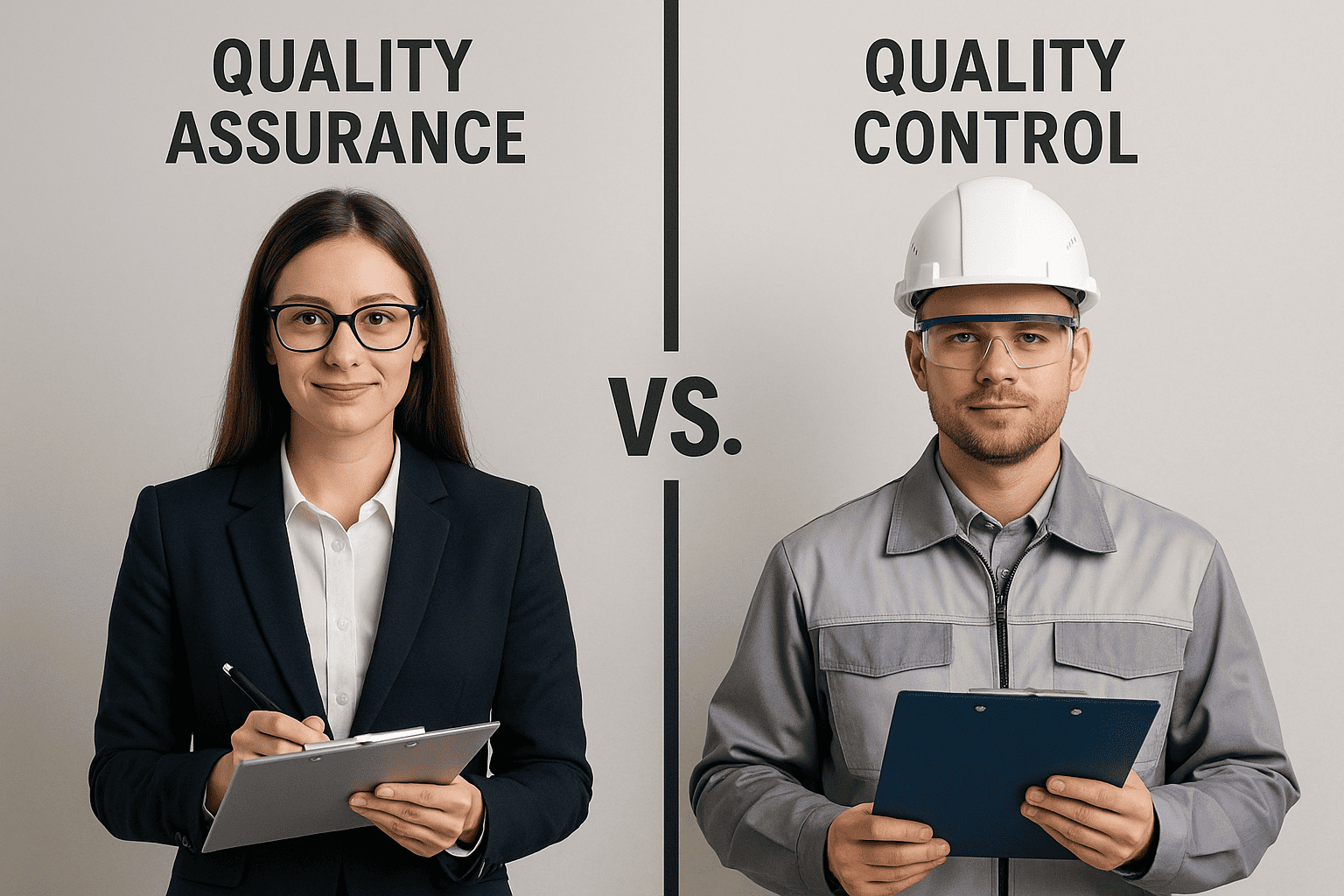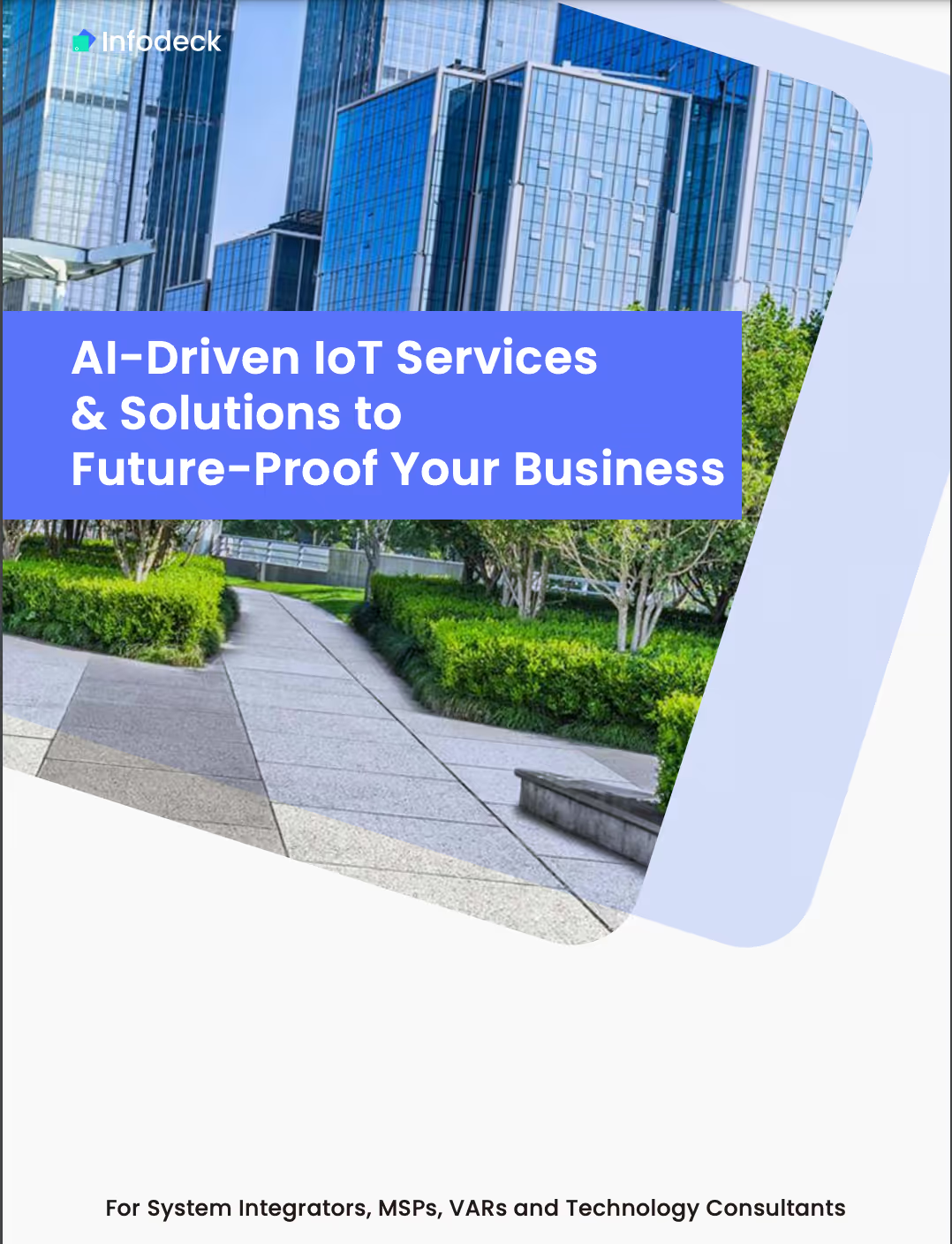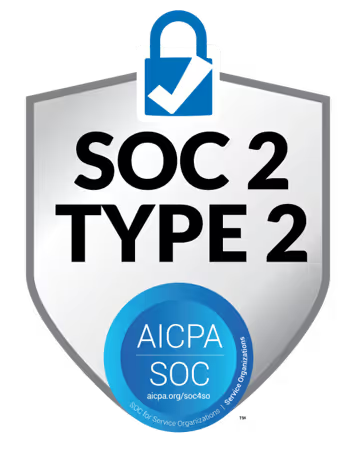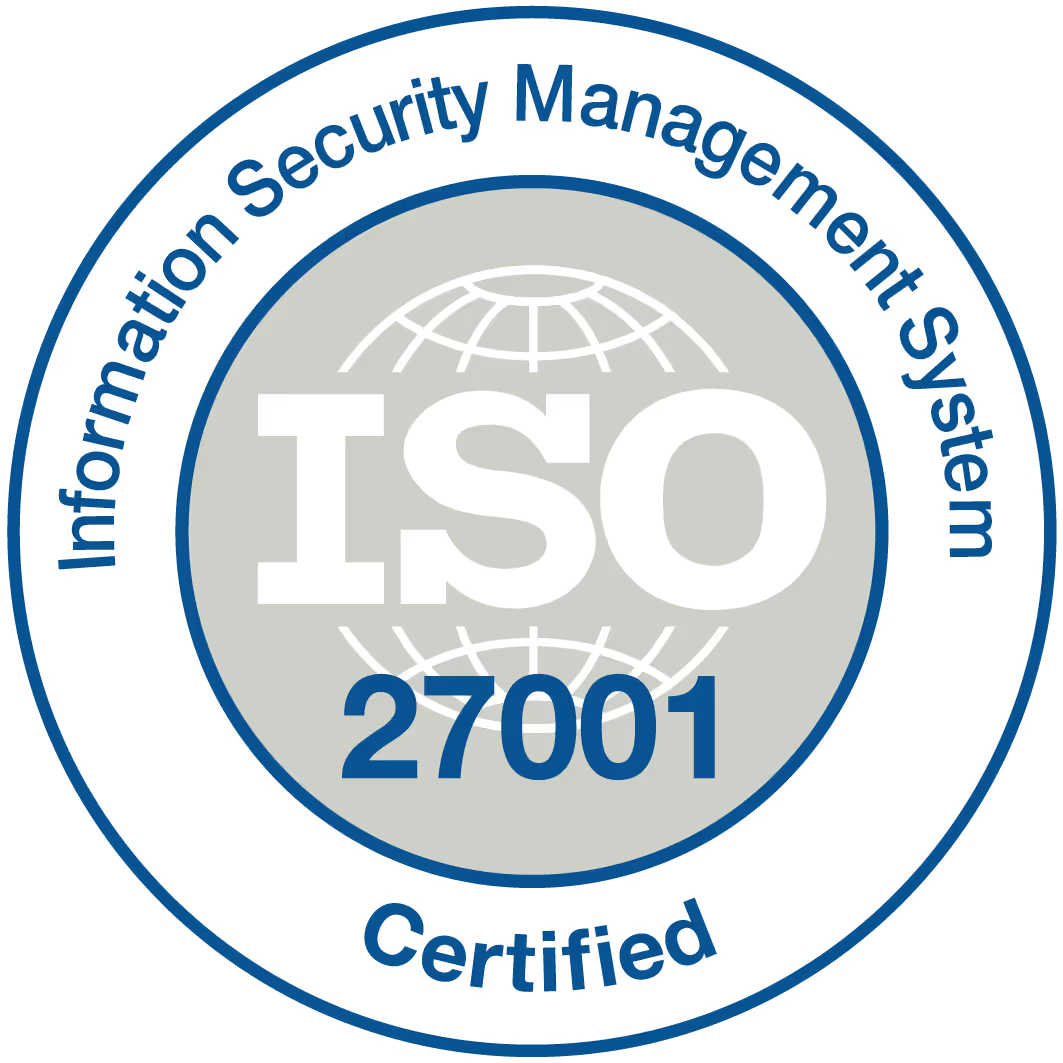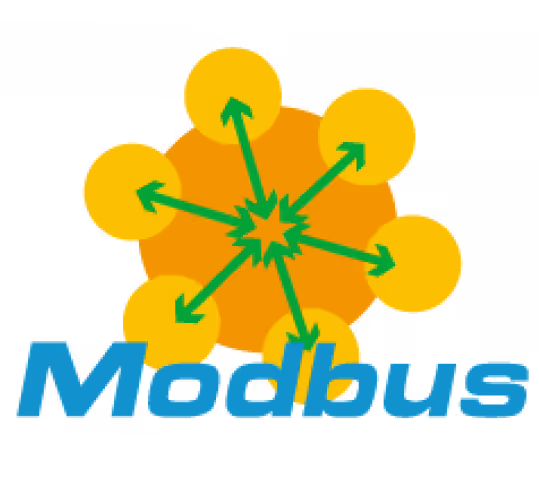How Smart Facilities Management Impacts ESG Scores
Key Takeaways
- ESG is an emerging imperative for companies globally as stakeholders and investors put greater emphasis on sustainability and ethics. Compliance with international sustainability targets and standards is critical for enduring achievement.
- Smart FM technology can help boost ESG performance by minimizing energy consumption, eliminating resource waste, and encouraging sustainable practices. It promotes safety, comfort, and inclusivity in the workplace.
- Data analytics and IoT-enabled systems in Smart FM provide actionable insights, allowing for predictive maintenance, resource optimization, and precise ESG reporting. These tools are crucial to achieving compliance and securing stakeholder confidence.
- Overcoming implementation challenges for Smart FM entails aligning ESG goals with business objectives, addressing change resistance, and cultivating collaboration among all stakeholders. Transparent communication and leadership buy-in are essential.
- Financial incentives — like sustainable finance and ESG funds — offer organizations cost-efficient ways to embrace Smart FM solutions while enhancing ESG performance.
- ESG and Smart FM’s future rests in AI, IoT, and big data-driven innovation. Ongoing innovation in these technologies will continue to help businesses satisfy evolving ESG criteria.
Environmental, Social, and Governance (ESG) refers to a framework used to evaluate an organization’s sustainability and ethical practices. It encompasses environmental impact, social responsibility, and governance structures, shaping how companies approach long-term value creation.
As ESG increasingly influences investor decisions and regulatory standards, businesses are integrating these principles into operations and reporting. Understanding ESG not only drives compliance but enhances stakeholder trust and competitive advantage in today's market.
The ESG Imperative

The ESG imperative augurs what is increasingly understood — that you can’t create long-term value with a short-term play. The key to adapting to the ESG imperative is to embed ESG considerations into your core business processes, aligning your organization with sustainability goals while meeting changing stakeholder demands.
This shift isn’t just a trend, but is a fundamental restructuring of how businesses operate in a globalized, accountability-driven world.
Alignment with Global Regulatory Frameworks and Sustainability Goals
Global regulatory frameworks and sustainability goals demand ESG integration more than ever. For instance, the EU’s Corporate Sustainability Reporting Directive (CSRD) mandates rigorous ESG disclosures, and frameworks such as the UN SDGs outline a path for global sustainability endeavors.
The table below highlights key alignments:
It positions companies to both comply and contribute to global priorities.
Investor and Stakeholder Prioritization
Investors care more and more about ESG metrics in addition to financial performance. ESG-focused funds have recorded historic inflows, with such examples as the MSCI ESG Index outperforming traditional benchmarks in recent years.
Stakeholders—customers, employees, and regulators—call for transparency and accountability, impacting procurement and talent acquisition. For example, younger employees tend to gravitate towards firms with bold DEI and sustainability pledges.
Driving Responsible Business Operations
Putting ESG at the heart of the business allows you to better manage risk and build resilience operationally. Take environmental risks, for instance — by using renewable energy, companies don’t just lower their carbon footprints, they decrease their risk exposure to unstable fossil fuel markets.
Likewise, social efforts such as fair hiring cultivate more robust organizational cultures, which play a direct role in employee retention and spirit. Governance upgrades like automating compliance tracking guarantee regulatory compliance while minimizing administrative burden.
Shifting from Short-Term Gains to Long-Term Value
The ESG imperative demands a mindset shift. THOSE QUARTERLY EARNINGS-OBSESSED COMPANIES DON’T SEE THE LONG-TERM GROWTH POTENTIAL OF ESG EMBEDDING.
For instance, investing in energy efficiency can be costly, but it saves money in the long run and mitigates operating risk. An emphasis on ESG improves reputation, bolstering trust across stakeholder groups and generating competitive advantage.
How Smart FM Elevates ESG Performance
How Smart FM Drives ESG Performance
With the synergy of IoT, data analytics and energy management, Smart FM propels sustainability, efficiency and trust.
Environmental Stewardship
Smart FM reduces environmental impact with energy-efficient solutions such as automated HVAC controls and LED lighting. These technologies cut energy use and carbon emissions and optimize energy.
For instance, IoT-based workplace analytics are able to determine under-utilized spaces, so that energy can be allocated more efficiently. IoT devices and sensors are essential to monitor and minimize resource consumption.
Smart water meters identify leaks promptly and indoor air quality sensors optimize ventilation for energy efficiency. Predictive maintenance minimizes waste by prolonging equipment lifecycles.
For example, monitoring vibration and temperature information can prevent expensive failures. Smart FM complements corporate sustainability efforts.
By integrating with frameworks like BREEAM or LEED, organizations can meet stringent environmental standards, enhancing their ESG credibility. Smart, automated ESG reporting fortifies transparency in environmental performance.
Social Responsibility
Smart FM makes work safer and more comfortable. Indoor air quality monitoring ensures healthier workspaces, and smart temperature controls improve employee health.
These initiatives increase efficiency and show dedication to social conscientiousness. Community engagement is facilitated via Smart FM by providing shared spaces for local events or social enterprises.
Designing facilities to be accessible to everyone, including automated accessibility features, supports inclusive use. Smart FM puts stakeholder expectations first by creating healthy, safe, and inclusive spaces.
Governance Integrity
Smart FM provides visibility with strong data capture and reporting. IoT devices and data analytics produce actionable insights that enhance ESG regulatory compliance.
For instance, automated energy management systems supply real-time performance metrics, facilitating governance oversight. Data governance tools support good decisions with accurate, secure and auditable data.
This fortifies alignment with corporate governance policies, tackling major stakeholder issues. Trustworthy reporting encourages accountability, allowing companies to display quantifiable ESG advancement.
Data-Driven ESG Reporting
Data-driven ESG reporting lies at the heart of organizations helping you enhance sustainability, comply with regulations, and build stakeholder trust. By using analytics and automation, companies can simplify reporting, track performance in real-time, and make decisions that support their ESG objectives.
Data-driven ESG reporting starts with quality data. Without strong data governance, companies risk inaccuracies that can erode stakeholder trust or cause regulatory headaches. Audited data, whether internally by the company or through third-party audits, is key for auditability. For instance, automating data validation processes with API-driven solutions can significantly reduce inaccuracies, allowing firms to comply with new regulatory requirements such as the Corporate Sustainability Reporting Directive (CSRD).
Good data doesn’t simply meet regulations – it powers predictive insights, enabling organizations to forecast sustainability patterns and pivot strategies proactively. At the heart of this transformation lies analytics—turning raw data into actionable insight. When companies benchmark their ESG metrics against industry standards, laws, and voluntary initiatives, they can discover gaps in their sustainability practices.
This is particularly helpful for risk reduction and identifying opportunities for enhancement. For example, through open-source tools such as Apache Superset or proprietary ones with API-first architectures, organizations can visualize ESG performance trends in real time. Analytics promotes transparency by enabling businesses to address various stakeholder inquiries—be they from investors, government, or customers—all in one consolidated report.
Below, a table highlights specific analytics-driven insights for ESG performance:
Smart FM Platforms are central to ESG reporting. These systems aggregate facility data—energy, waste and equipment metrics—providing a detailed view of environmental impact. By combining IoT sensors with AI-powered analytics, Smart FM allows real-time monitoring that facilitates accurate disclosures and fosters stakeholder trust.
For instance, a manufacturing company could employ Smart FM to track emissions information, keeping it consistent with sustainability pledges without compromising productivity. This level of transparency and control can facilitate improved investor relations, brand reputation, and even government funding for future projects.
Overcoming Implementation Hurdles
Implementing Smart FM to enhance your ESG performance can be challenging due to governance risks, organizational resistance, budgetary limitations, data privacy issues, and poor change management strategies. Overcoming these governance factors requires a methodical, united approach rooted in both business and sustainable investing success.
Financial Constraints
Typical obstacles are small budgets, ambiguous ROI and finding long-term funding. Upfront investment in Smart FM tech may be too prohibitive for a small business. Low awareness of financial incentives associated with ESG compliance hinders adoption.
ESG funds, green bonds and other sustainable finance vehicles provide such support. Big companies are increasingly dipping into these to bankroll Smart FM initiatives, he said, using tax incentives and energy savings as cost justification. For example, AI-powered energy management has the potential to cut energy use by as much as 30%, delivering quantifiable cost savings.
Cost-effective options are available, from open-source facility analytics platforms or simple modular IoT sensors for smaller budgets. These assist businesses big and small to implement ESG-aligned practices without breaking the budget.
Data Privacy
Issues range from GDPR compliance, safely housing IoT data produced and preventing leaks. Siloed data management is difficult to maintain cohesiveness between departments. Stakeholders often distrust systems without clear privacy standards.
Strong data governance mechanisms are required. Best practices include encrypting IoT data, role-based access for sensitive info, and regular audits. Privacy-first platforms with built-in compliance tools, for example, build trust among stakeholders.
For instance, global organizations deploy AI-driven ESG dashboards that anonymize data and comply with local laws. Establishing privacy measures cultivates confidence in ESG investors, strengthening the company’s dedication to ethical practices. This trust can convert into more robust stakeholder relationships and increased funding possibilities.
Change Management
Leadership buy-in is essential. Absent direction, employee pushback against technologies can hijack Smart FM efforts. Organizations must make full-scale training programs a priority, detailing the advantages and operational shifts of Smart FM.
Equally critical is clear communication. Stakeholder engagement via periodic ESG workshops or all-hands meetings keeps teams aligned. Taking the regulatory bodies with you in advance is also important.
AI-powered platforms that track ESG KPIs in real-time can make reporting and decision-making more frictionless during adoption.
The Future of ESG and Smart FM
The evolving landscape of Environmental, Social, and Governance (ESG) practices is increasingly intertwined with advancements in Smart Facility Management (FM) technologies. As businesses globally are under increasing pressure to become more sustainable and transparent, Smart FM systems are morphing into vital enablers of ESG performance. Digital FM, powered by IoT, AI, and big data, is transforming how companies monitor, report, and optimize their environmental and social impact, aligning with the principles of responsible investing.
Smart FM will change the future of ESG reporting by imbuing sustainability strategies with data-driven decision making. IoT sensors, for example, enable real-time monitoring of energy, water, and waste. These granular data allow organizations to detect inefficiencies and make targeted interventions. For instance, AI-powered predictive maintenance can reduce energy waste by preempting equipment failures. This not only optimizes operations but supports ESG objectives by minimizing environmental impact, a crucial factor for many ESG investors.
The integration of these technologies into FM platforms makes them scalable for enterprises with global operations at scale. New ESG investment trends value companies that show tech innovation in sustainability. Investors are demanding strong ESG reporting capabilities backed by transparent, standardized metrics. Smart FM innovations solve this need by automating data capture and analysis, thereby complying with tougher regulatory environments and enhancing corporate ESG strategies.
For example, tools built on open-source technology and API-first approaches can connect easily with current enterprise infrastructure, allowing companies to remain flexible as ESG requirements change. This agility is essential as ESG reporting moves from a differentiator to a survival imperative. AI and big data analytics are instrumental in revolutionizing the future of ESG and Smart FM. Crunching the immense datasets created by IoT devices, AI-powered platforms provide actionable insights like optimizing energy consumption or minimizing emissions, aligning with the goals of sustainable investing.
For example, AI can study past energy usage trends to anticipate high demand times, helping facilities shift their operations in advance. This predictive ability is not only ESG-compliant but also enhances developer experience (DX) with intuitive, data-enriched tooling for teams operating these systems. To keep up with the evolving demands of ESG, innovation must be ongoing. With increasing sustainability pressures, enterprises need to embrace technologies that go beyond compliance to deliver tangible impact.
Digital FM + ESG Reporting – The Future: With Digital FM integrated with ESG reporting, organizations can make informed, impactful decisions — driving them to be competitive and responsible for years to come.
Your Strategic ESG Blueprint
Crafting a powerful ESG strategy means taking a methodical, accurate stance, especially when it corresponds to corporate ethos and addresses ESG stakeholders' demands. A blueprint that ensures your organization not only fulfills regulatory obligations but also succeeds in creating measurable impact through sustainable investing.
Here’s a step-by-step blueprint to incorporate Smart FM into your ESG strategy with a focus on data-driven decision-making, scalability, and developer-friendly tools.
- Evaluate Current ESG Practices
Begin with a thorough assessment of your organization’s existing ESG footprint. This involves identifying environmental impacts, such as energy consumption or carbon emissions, evaluating social initiatives related to workplace diversity or community engagement, and reviewing governance structures, which are essential for governance risks.
Incorporating a detailed SWOT analysis can help pinpoint strengths, weaknesses, opportunities, and threats specific to ESG factors. For example, a company using legacy systems might identify inefficiencies in tracking emissions as a key weakness.
- Establish Measurable ESG Objectives
Transparent, measurable objectives are vital. These should be consistent with corporate values yet respond to stakeholder priorities. For example, cutting energy use by 20 percent over five years can show environmental commitment and align with sustainable investments.
Make sure goals are milestone broken so you can track progress and make adjustments as you go. Open-source tools like Apache Superset can assist in visualizing data trends, and API-first platforms allow for easy integration of ESG data across systems.
- Leverage Data-Driven Insights
Use advanced analytics to optimize initiatives and track progress. IoT-enabled Smart FM solutions, for instance, can offer real-time insights into energy or water consumption across facilities, enhancing your corporate ESG efforts.
These insights spotlight near-term inefficiencies and predict future trends — allowing for proactive adjustments. Community-supported platforms like Grafana are scalable solutions for ESG data visualization and reporting.
- Working with Stakeholders
Stakeholder engagement is mission-critical in pinpointing your priorities and risk-mitigation. Frequent surveys, feedback loops, and open lines of reporting foster trust and hone strategies.
For instance, incorporating input from janitors and cafeteria workers can reveal hidden inefficiencies in resource consumption. This collective mindset guarantees that your ESG strategy will resonate throughout the organization.
- Embed ESG In-House
Root ESG objectives in your wider business strategy, by giving clear responsibilities. Terraform and other automation tools can help.
Strong reporting frameworks like the GRI Standards are important for monitoring progress and accountability.
Conclusion
Merging ESG with intelligent facility management isn’t a compliance affair or a check box exercise — it’s constructing sustainability. With data-driven insights and advanced tools, organizations can optimize their ESG performance, streamline reporting, and align with global sustainability goals. Although integration and scalability challenges may emerge, a clear strategy and the right technology can effectively bridge these gaps.
With ESG expectations still being shaped, the convergence of smart FM and ESG has tremendous opportunity to fuel impact for enterprises and the planet. It’s time to innovate, to streamline your operations, to put your organization at the forefront of sustainable business. The road ahead is illuminated—and it’s paved with concrete, tangible advances.
Frequently Asked Questions
What is ESG?
ESG, which stands for Environmental, Social, and Governance, encompasses a set of standards that socially conscious investors, including many ESG investors, utilize to screen potential investments and assess corporate behavior.
Why is ESG important for businesses?
ESG guides companies in enhancing sustainability and governance practices, fostering stakeholder trust while complying with regulations, ultimately attracting esg investors and boosting long-term profitability.
How does Smart FM improve ESG performance?
Smart FM leverages technology and data to optimize energy use and enhance operational efficiency, addressing ESG stakeholders' concerns by reducing environmental footprint and supporting corporate ESG initiatives.
What role does data play in ESG reporting?
Data is the key to transparency and accuracy in ESG reporting, which is crucial for making investment decisions and fulfilling regulatory requirements in sustainable investing.
What challenges are common in ESG implementation?
Businesses struggle with issues such as resource constraints, ambiguous regulations, and data collection, which are critical governance risks. Smart FM tools can help break down these barriers by automating workflows and centralizing information for responsible investing.
What is the future of ESG and Smart FM?
Smart FM’s AI and IoT integration would enhance ESG management efficiency, aligning with sustainable investing practices. These technologies will improve predictive analytics, lower costs, and facilitate real-time investment decisions.
How can a business create a strategic ESG blueprint?
Begin with establishing baseline ESG performance, defining objectives, and engaging ESG stakeholders. Employ data-driven tools such as Smart FM to monitor your progress and optimize your sustainable investing strategies.


.png)








.png)




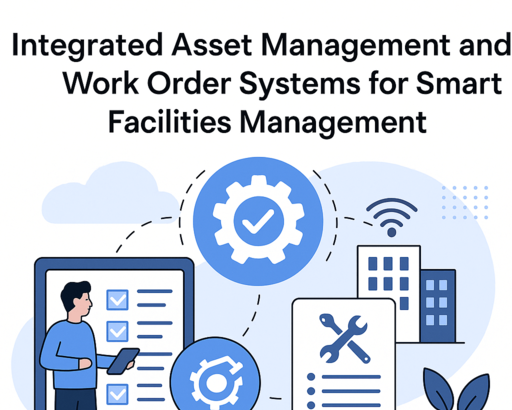
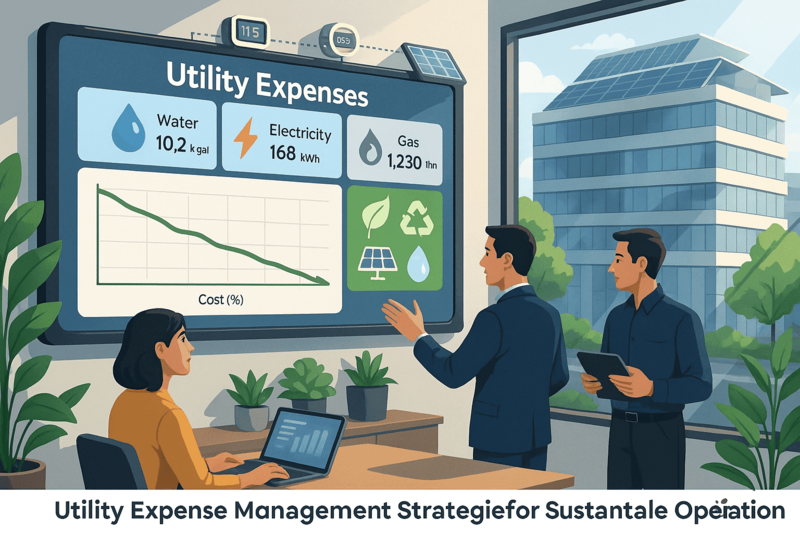












.jpeg)






